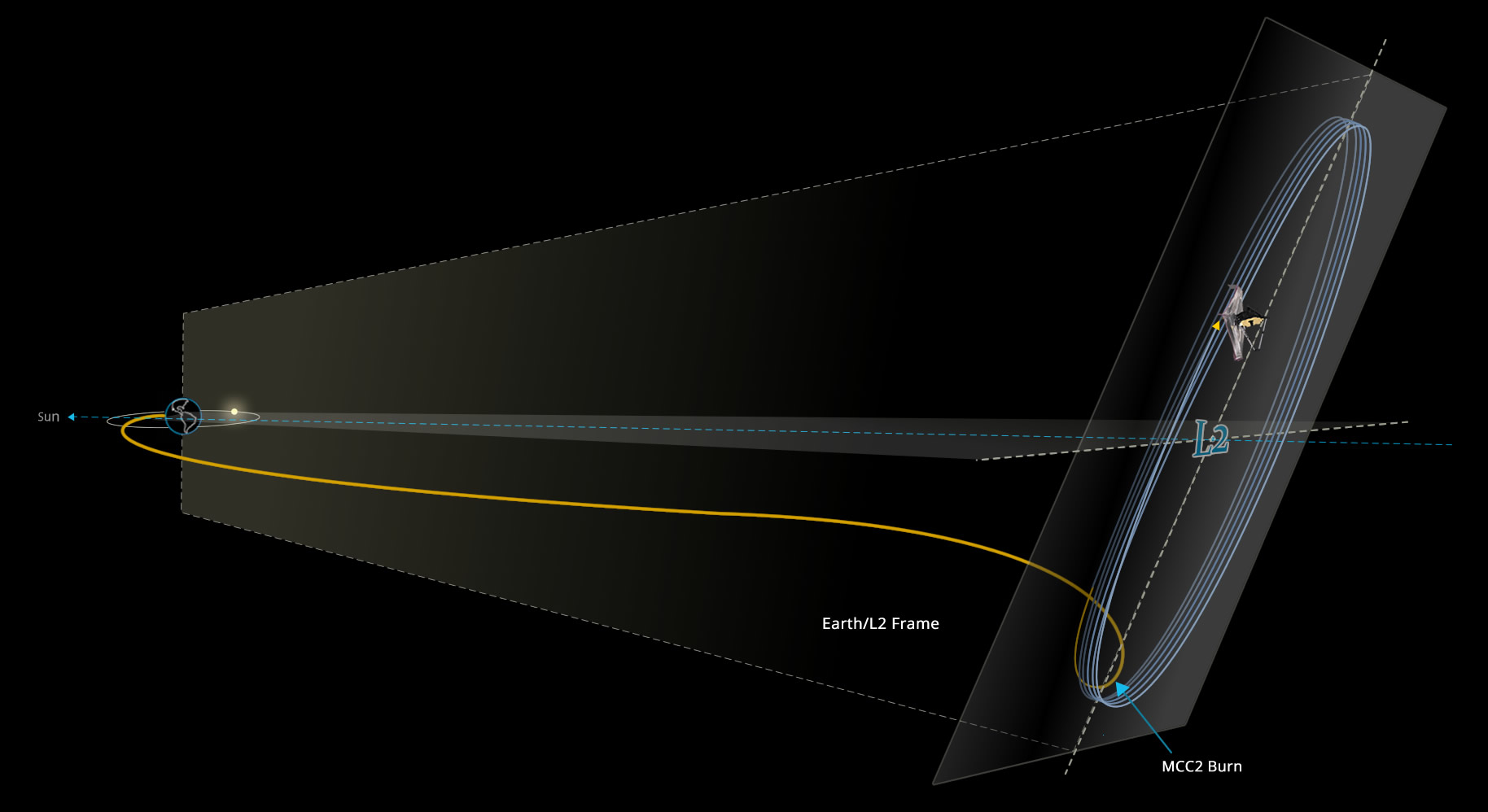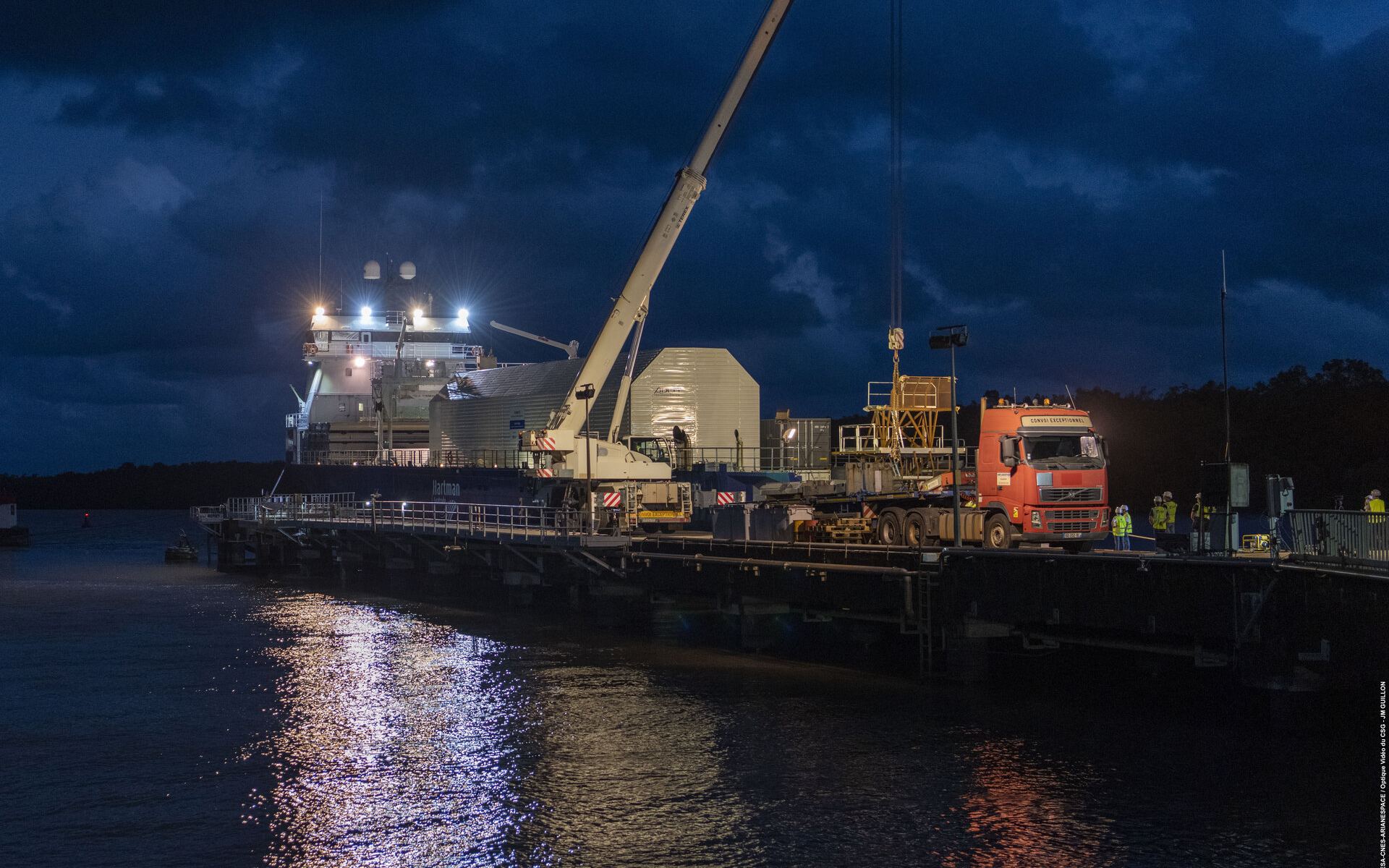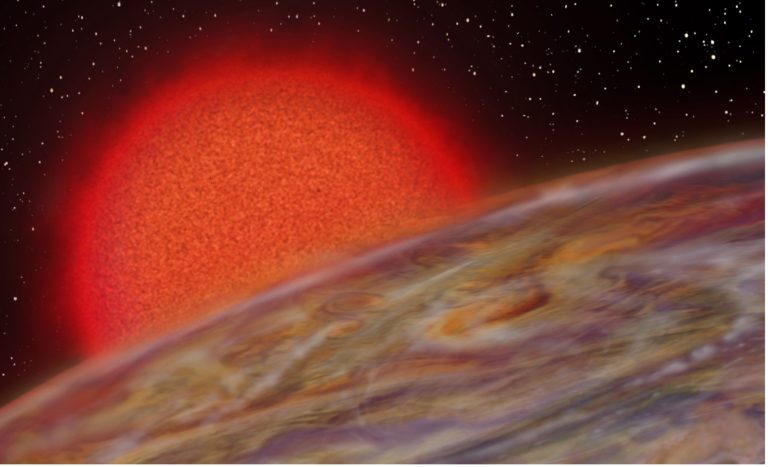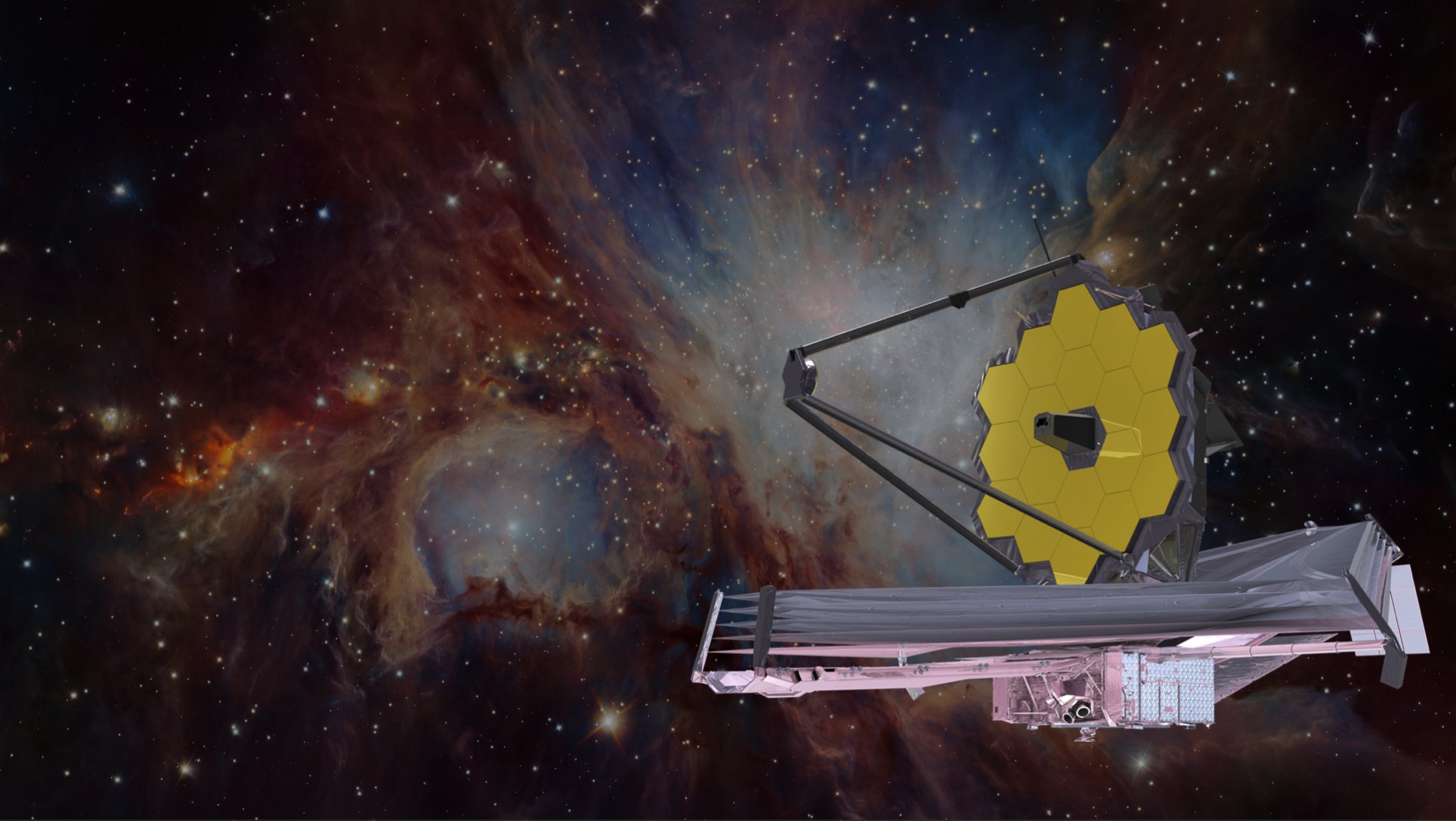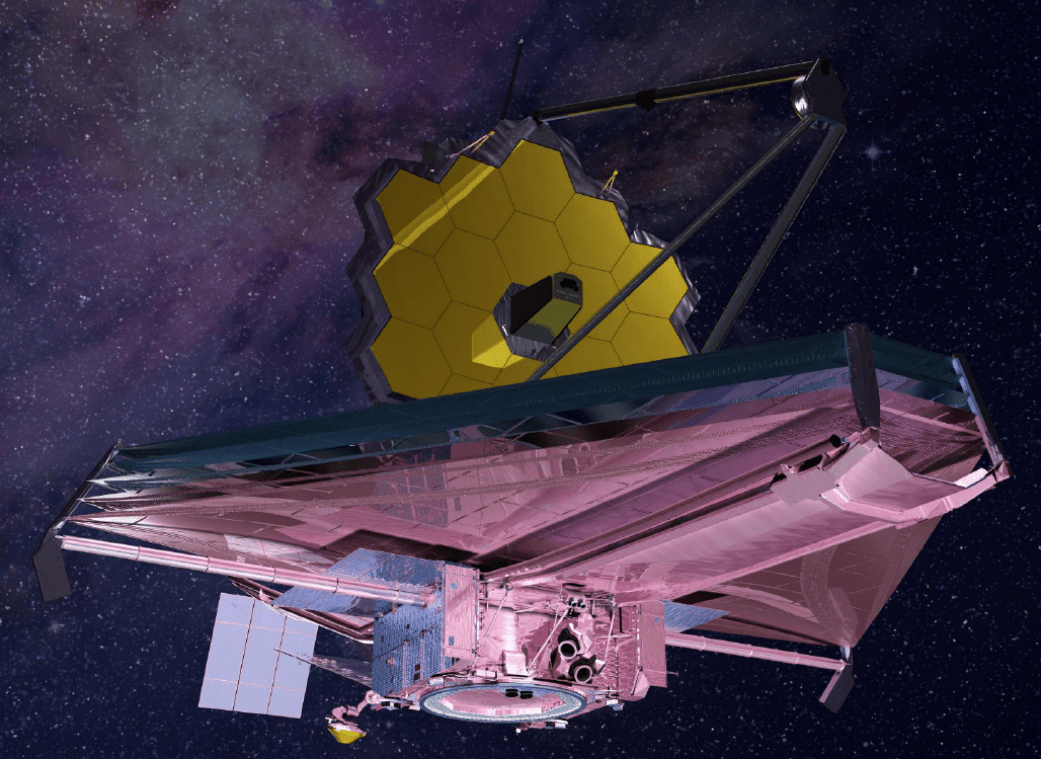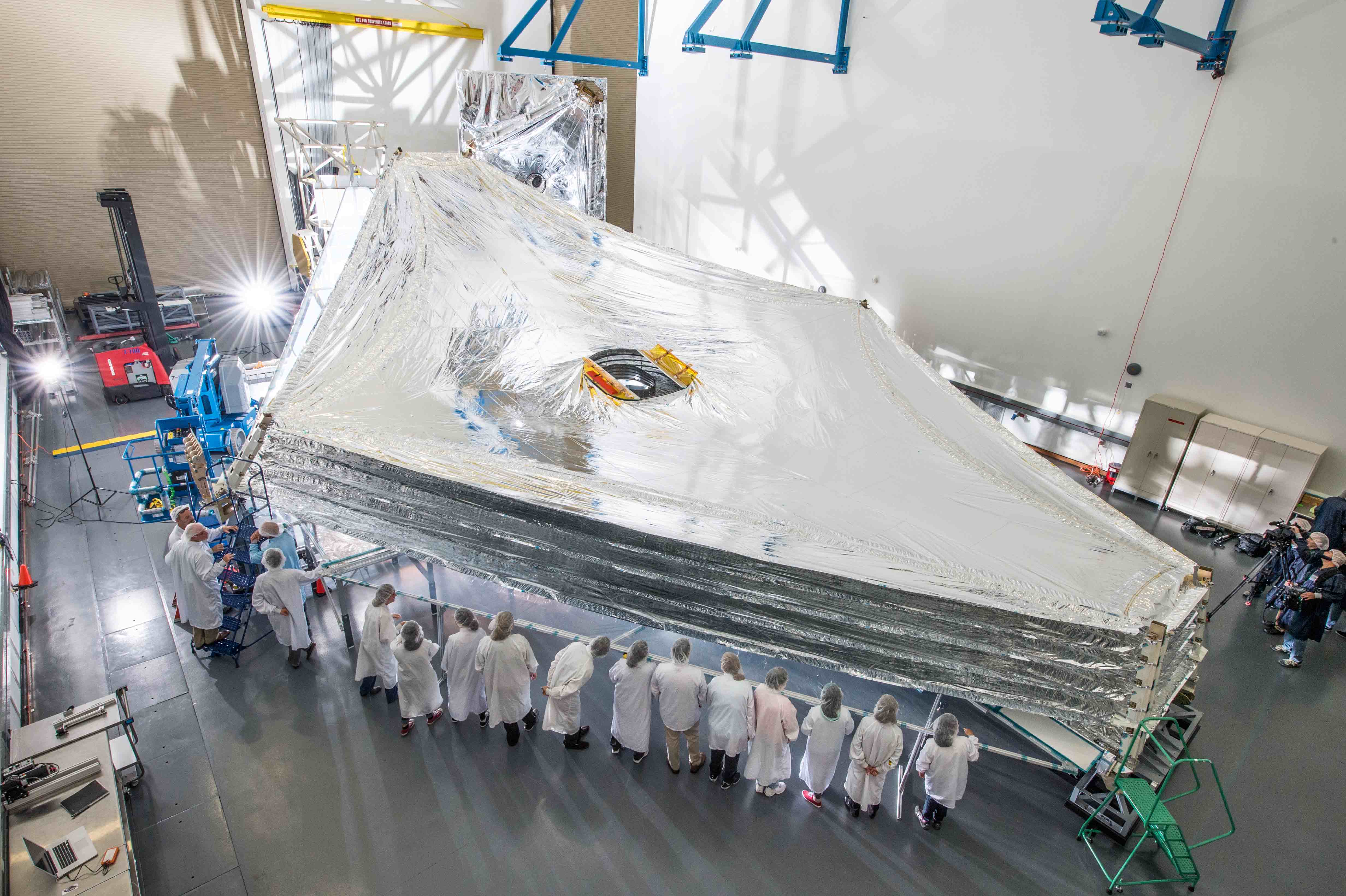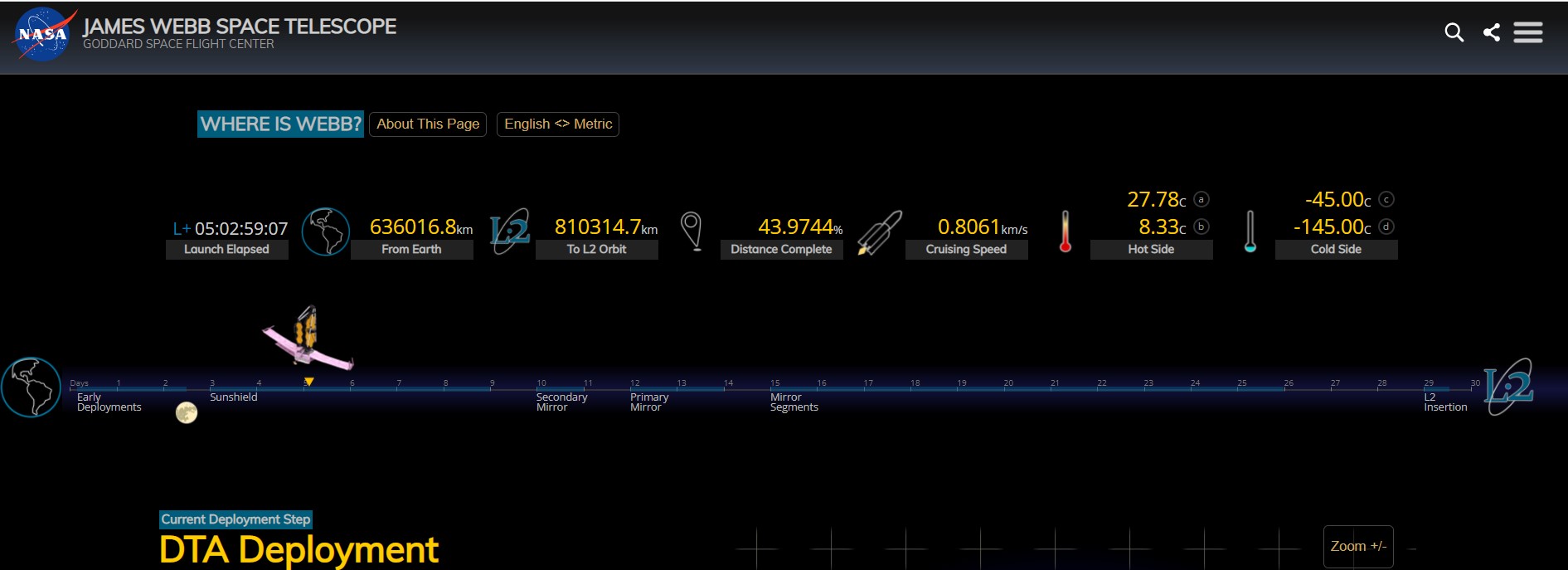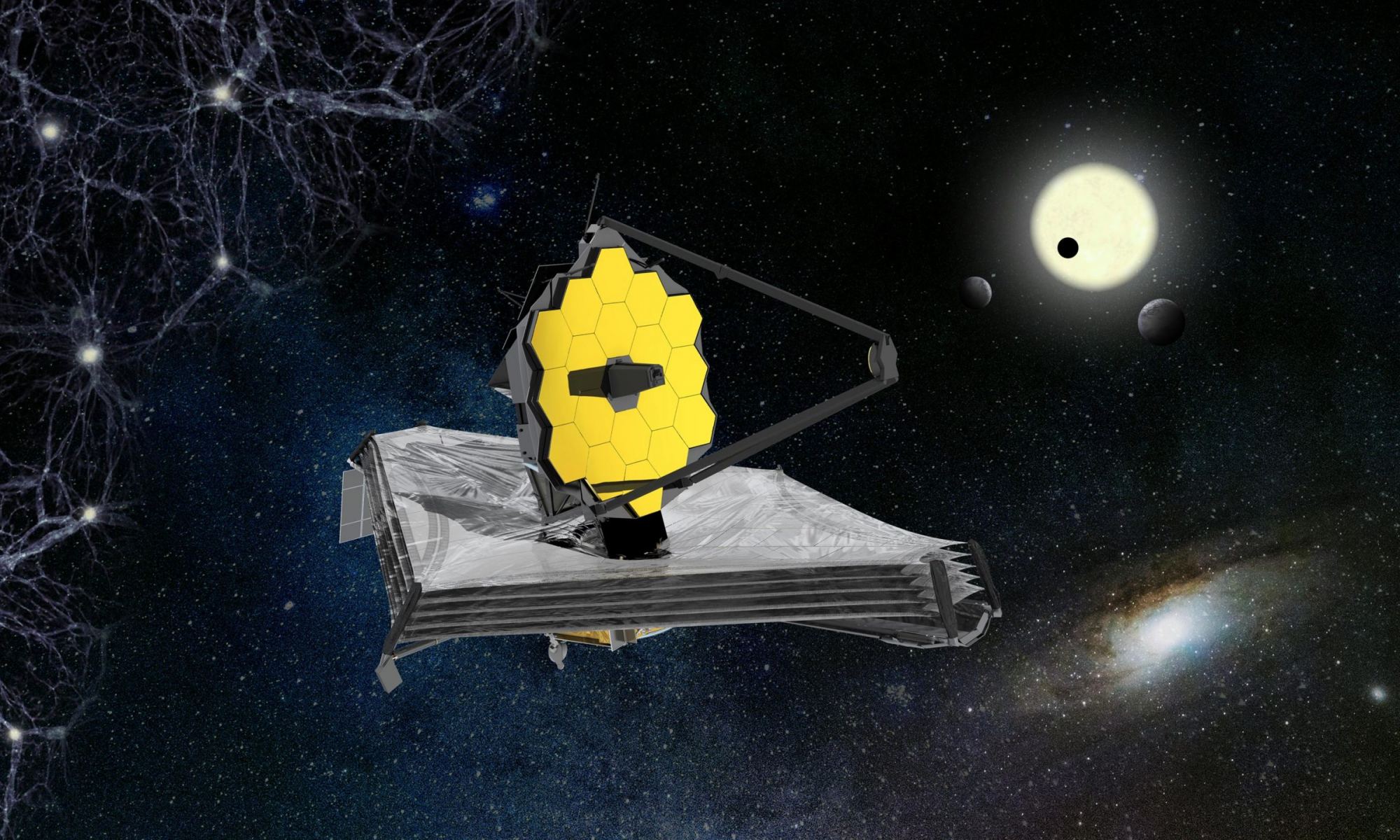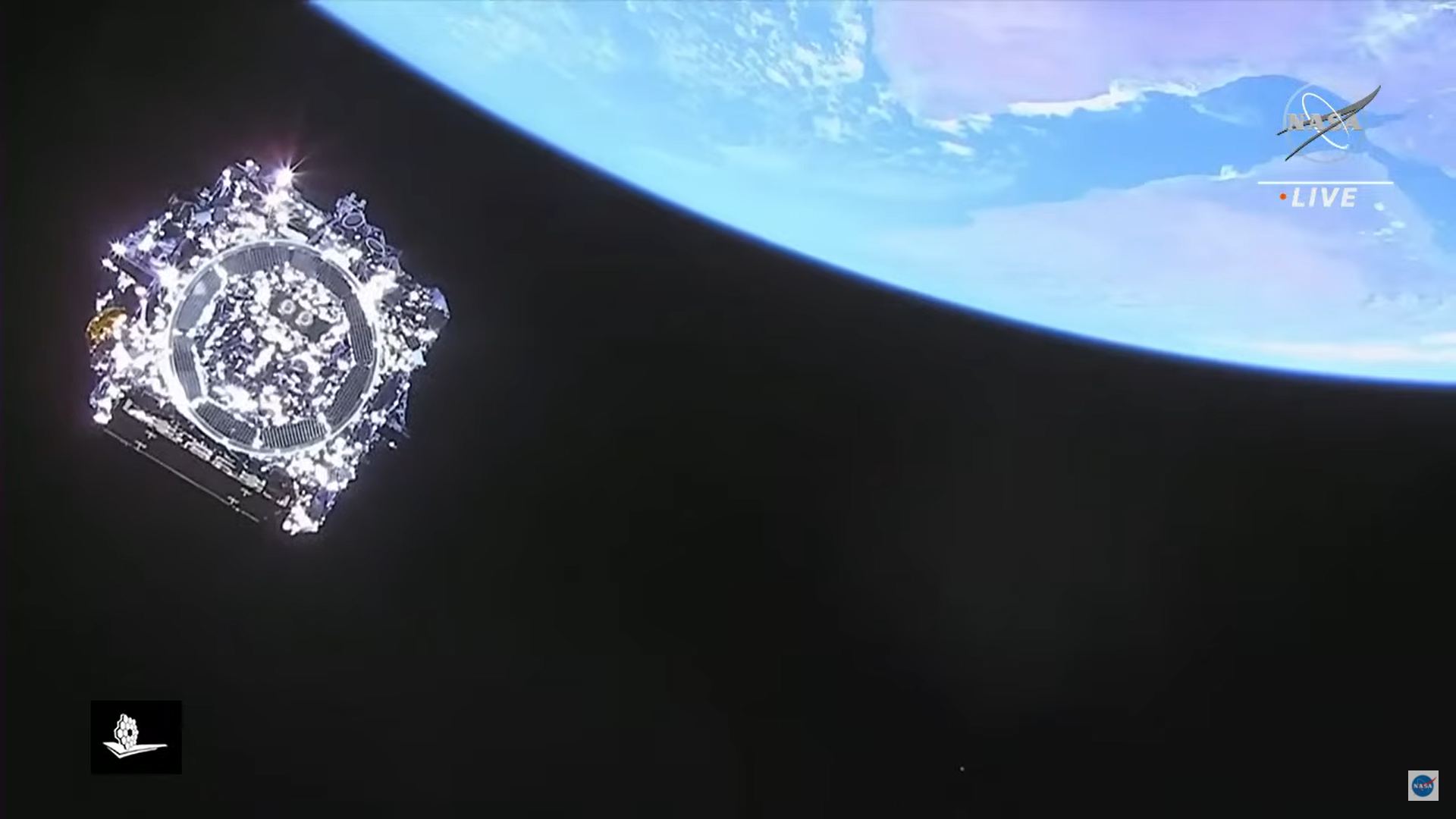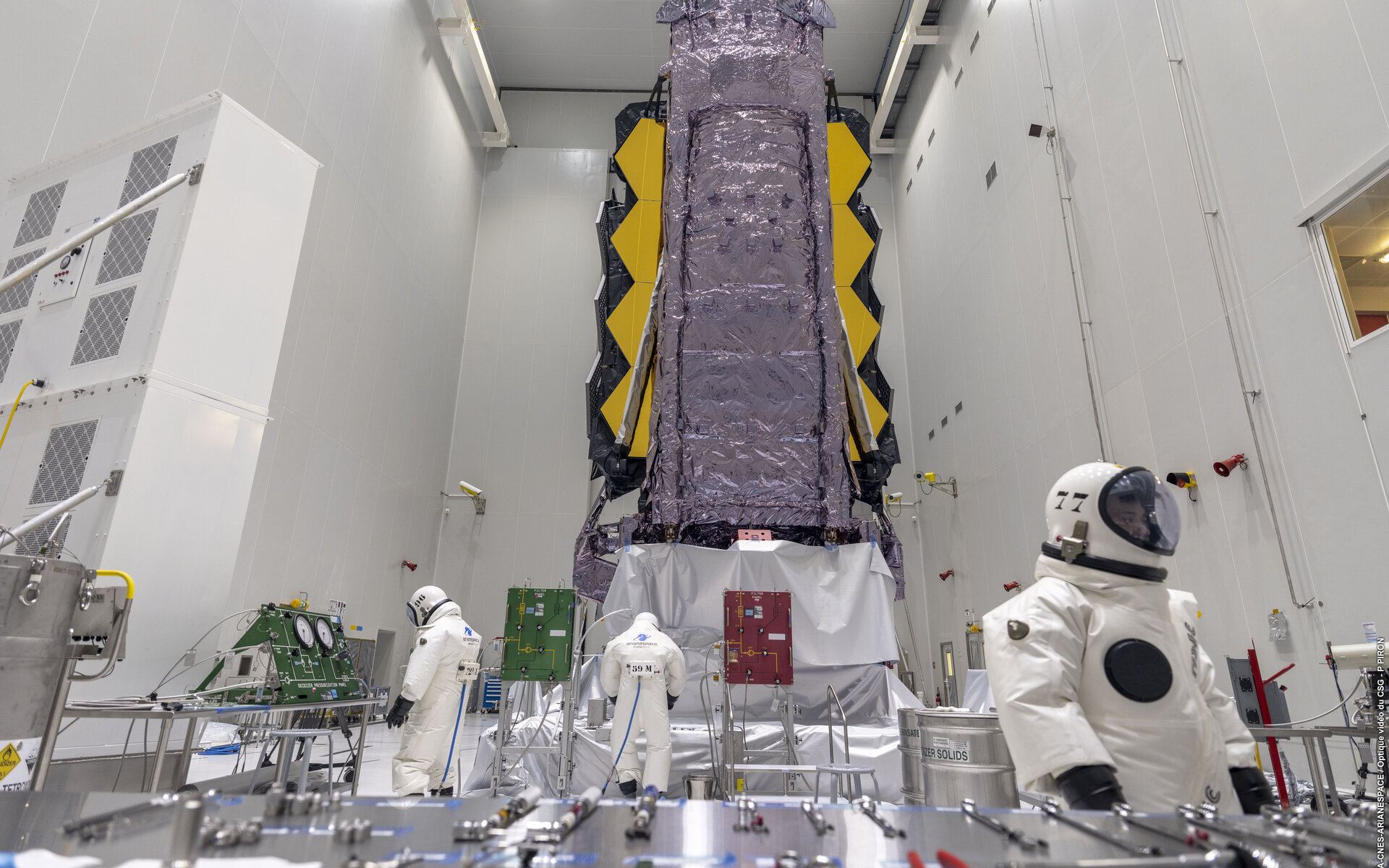It’s really happening. The James Webb Space Telescope has successfully reached its orbital destination in space, 1.5 million km (1 million miles) from Earth. A final 5-minute thruster firing on January 24, 2022 put JWST in its halo orbit at the Sun-Earth Lagrange 2 (L2) point. The formal commissioning process can now begin.
“We’re excited to announce today that Webb is officially on station at its L2 orbit, capping off a remarkable 30 days,” said Webb’s commissioning manager Keith Parrish in a January 24 news conference. “It’s an incredible achievement by our team.”
Continue reading “Webb Has Arrived Successfully at L2”
